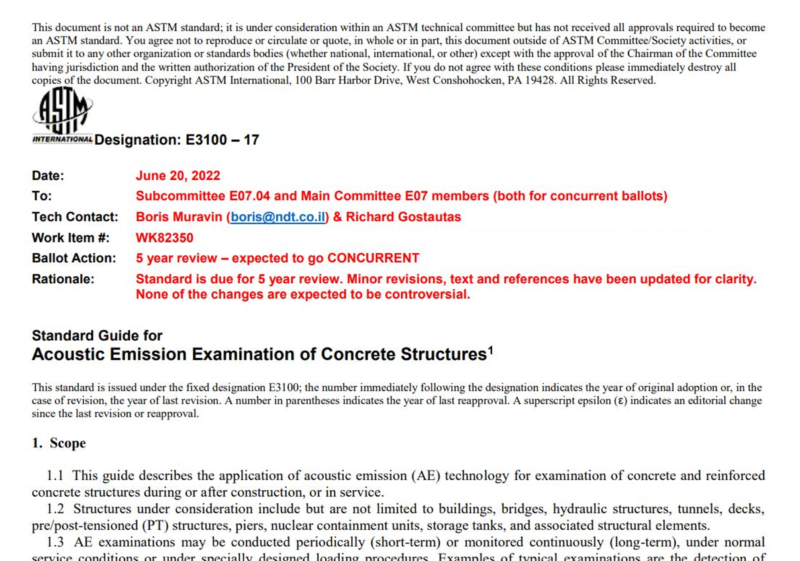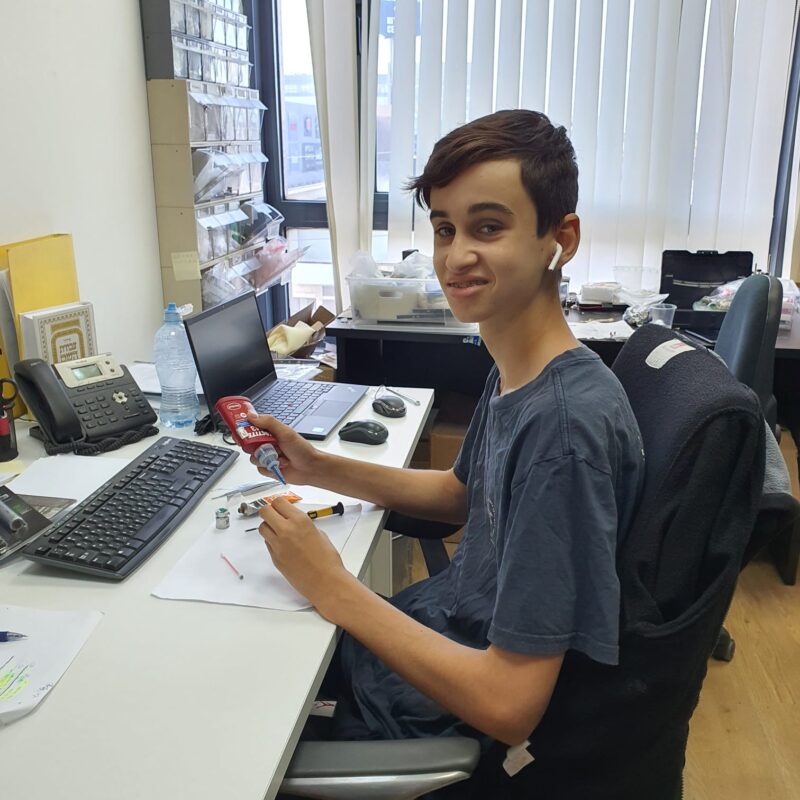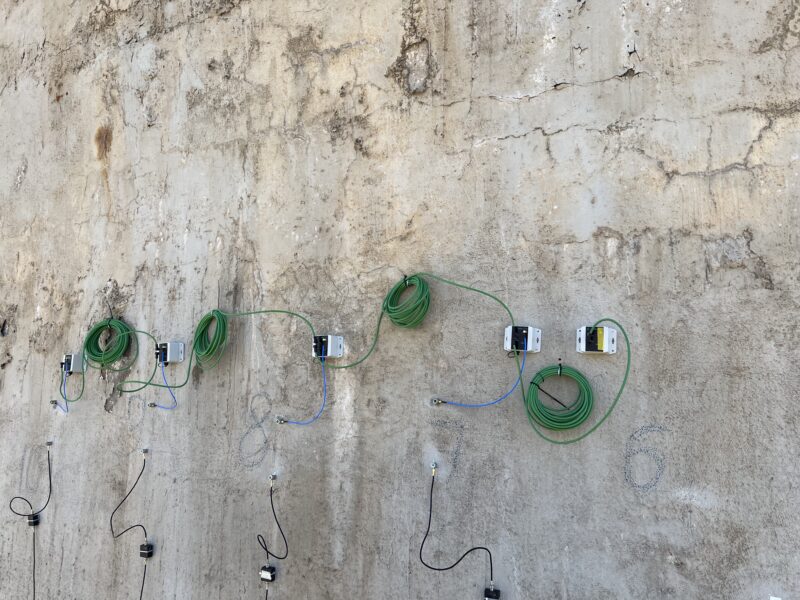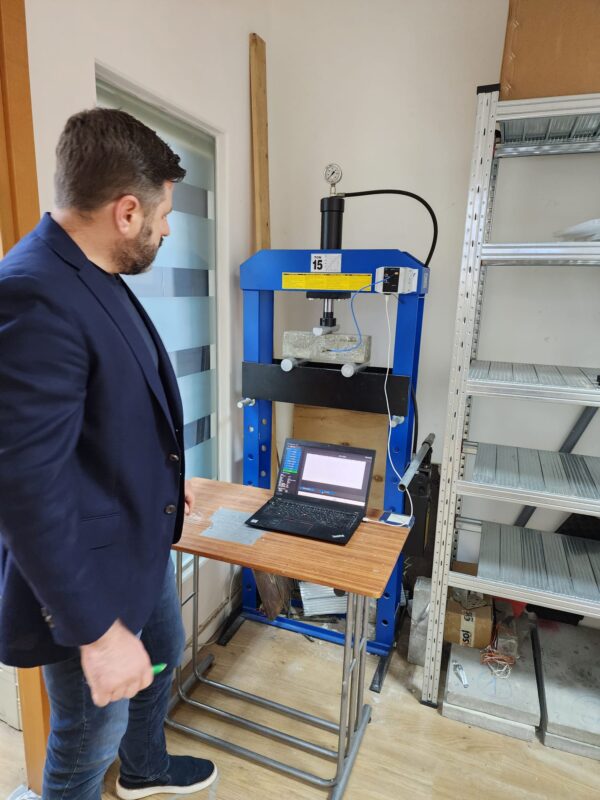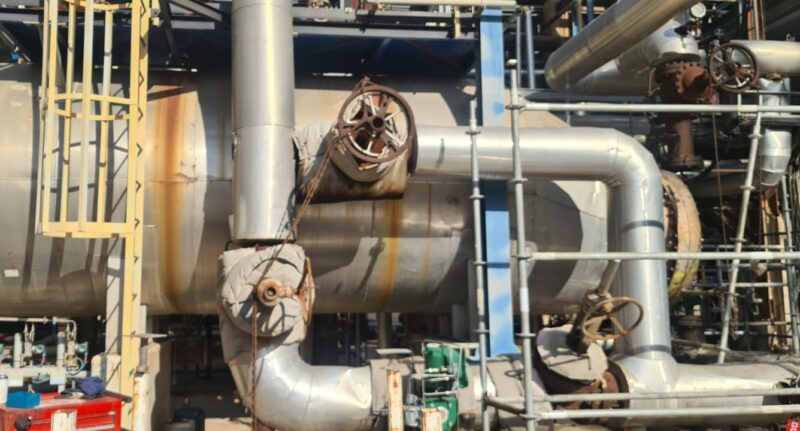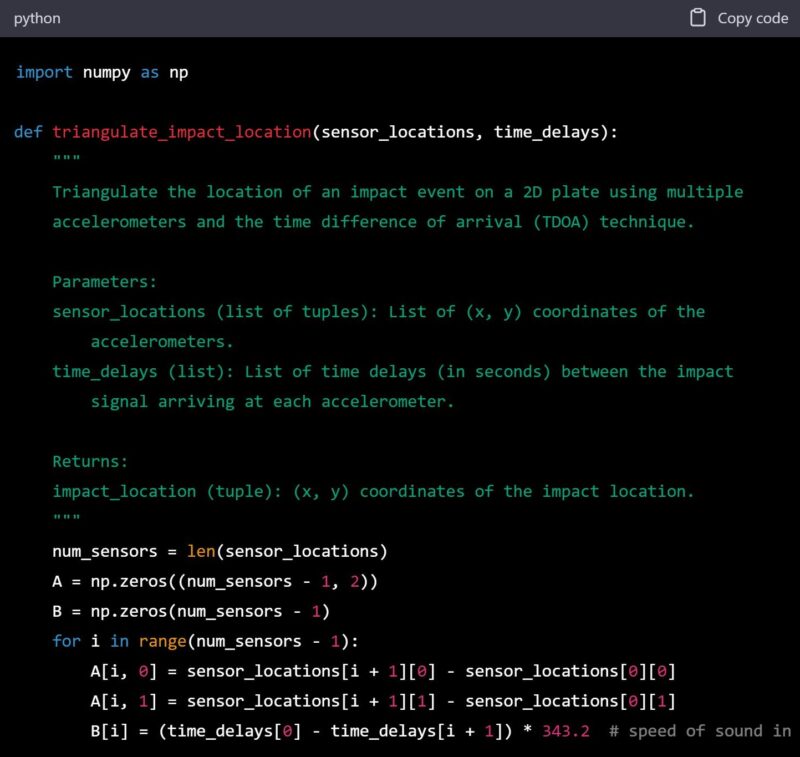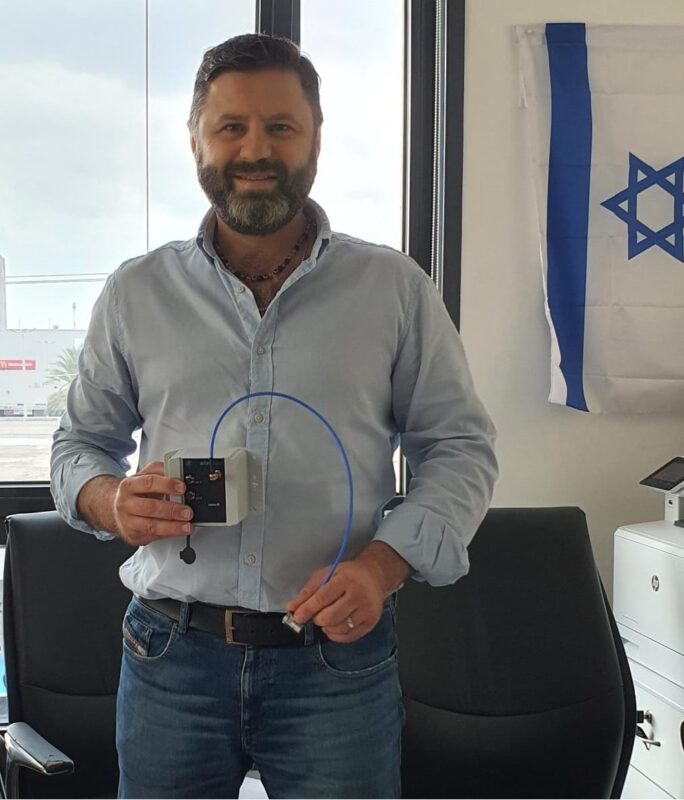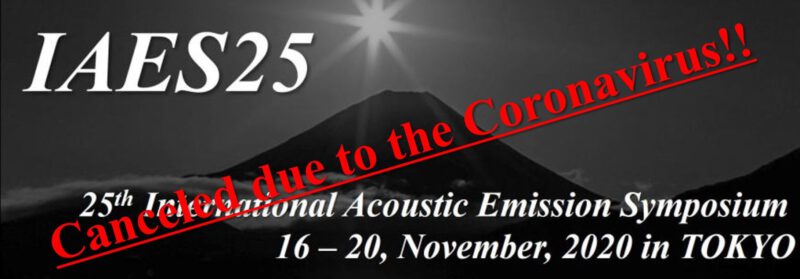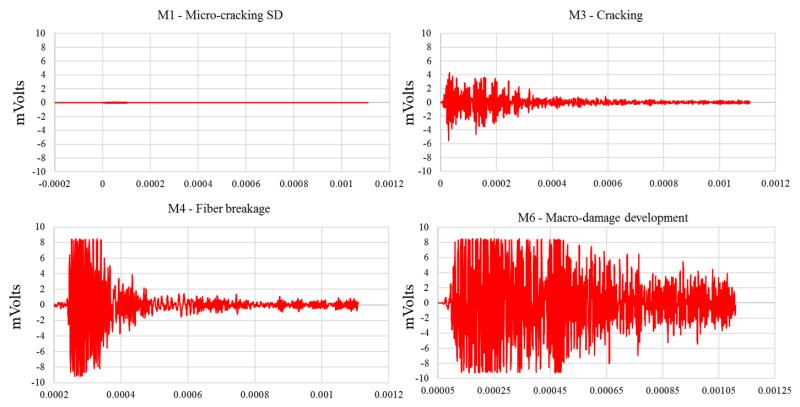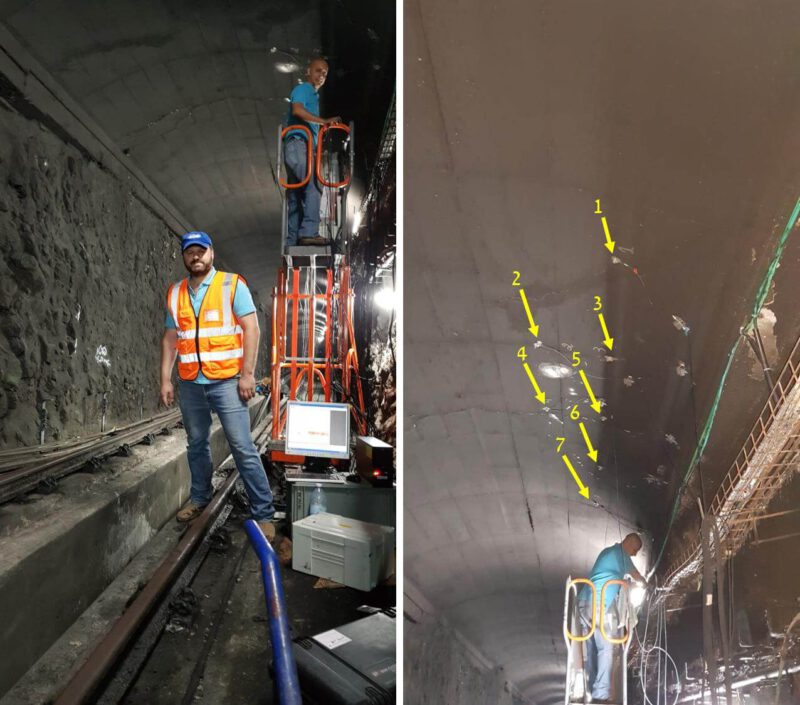Acoustic Emission ground test of large UAVs
Flight safety of large UAV machines is of grate importance. Many new non-destructive test methods are in development to examine UAV structure for possible pre-manufactured flaws or service developed damages in order to avoid catastrophic failures. These methods include acoustic emission, ultrasonics, active thermography , shearography, acousto-ultrasonics, fiber optic strain monitoring and some other. BUT only acoustic emission technology has several unique advantages that makes it absolutely must for large composite UAV ground testing. Here 4 main reasons why:
Global 100% structure inspection
Acoustic emission technology allows detection of developing damage under stress without access limitations that other technologies have. This is especially important in large UAV with significant wing cross-section where the critical damage can develop deep inside of the structure.
Unprecedented sensitivity
Acoustic emission has proven capability to effectively detect composite damage down to epoxy micro-cracking. The technology today allows not only detection but identification of epoxy micro-cracking, inter-laminar and trans-laminar cracking, fiber breakage, fiber bundle cracking and delaminations and other failure mechanisms.
Assessment of damage under stress
Acoustic emission ground tests of UAVs performed under controlled loading. This allows to establish loads and stress modes under which known or newly detected flaws are stable and do not pose a critical problem to UAVs. This way acoustic emission can confirm or rule out criticality of flaw detected by other NDT technologies.
Suitable for in flight structural health monitoring
Unlike other NDT method, acoustic emission was born for structural health monitoring of structures. What can be better than monitoring structural health of UAV during the flight under real stress condition during different maneuvers and landing?
Want to know more, contact us: bm@idinspections.com
#AcousticEmission #CompositeDamage, #Delamination, #NDT, #StructuralHealthMonitoring #UAV
